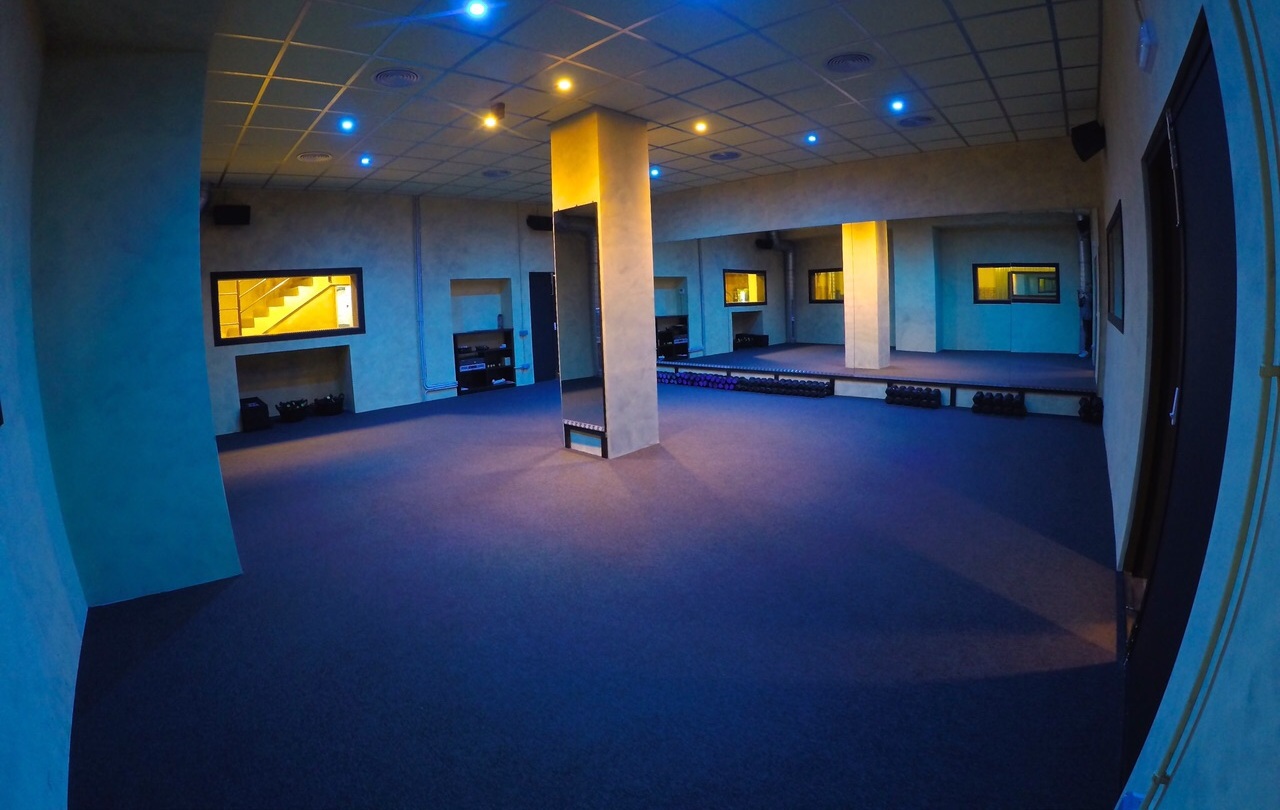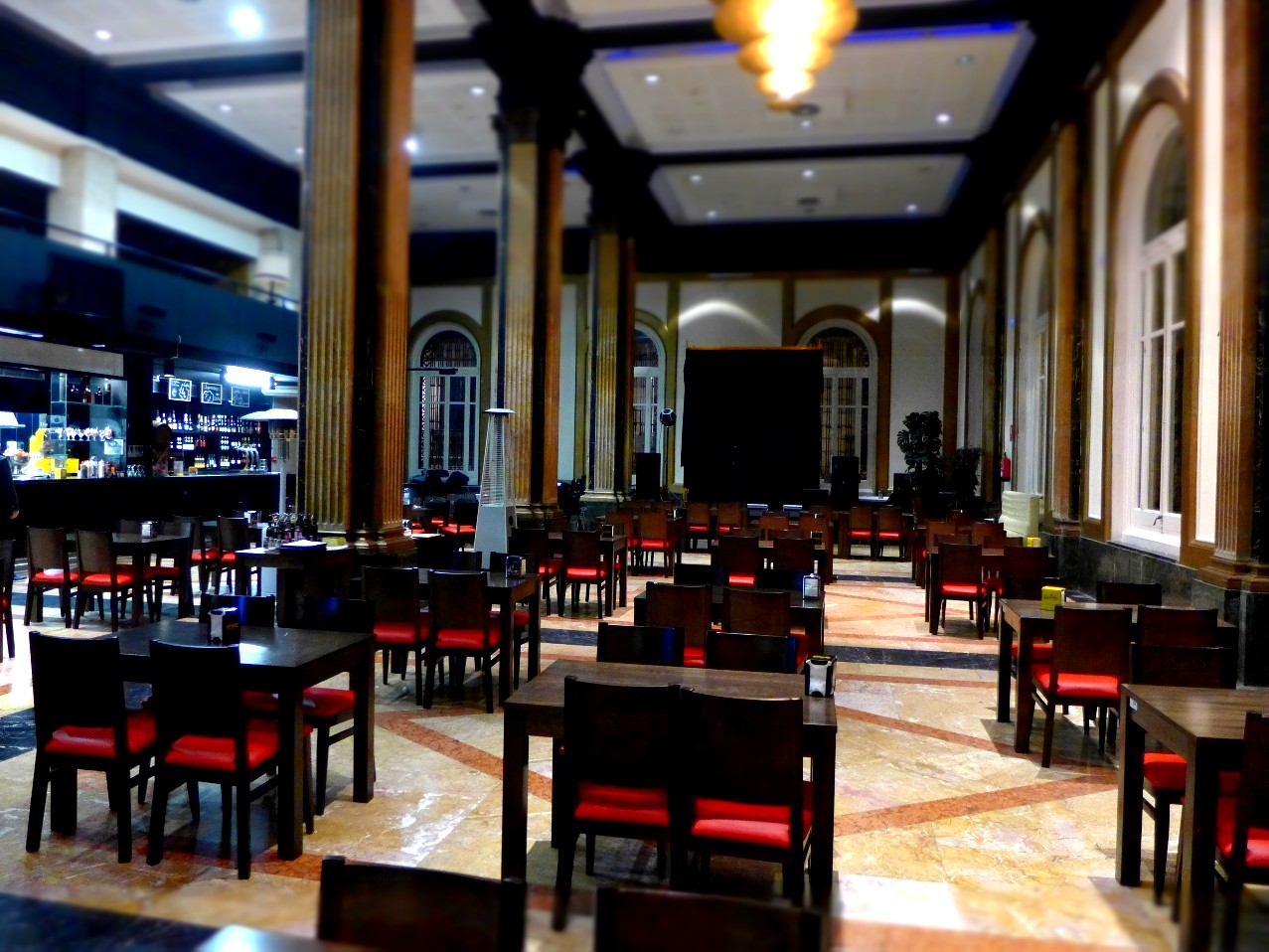Sound insulation measurement
In room acoustics, one of the most important factors is sound insulation, which is defined by the capacity of the material to resist the vibration caused by noise emitted in that space. Nowadays, almost all standards and regulations relating to noise pollution require a minimum level of airborne and impact sound insulation between premises and covered areas including building façades. Equally, the Código Técnico de la Edificación, (Technical Code for Building Construction) in its Documento Básico contra el Ruido (Basic Document regarding Noise Protection) also requires a minimum level of insulation between two spaces that form part of a building.
dBplus acoustic consultants take the necessary measurements of airborne and impact sound insulation and design solutions in order to improve sound behaviour in building elements. As a result of these improvements, we ensure compliance with the relevant standards and regulations and achieve the desired levels of sound comfort.
Airborne noise can be defined as noise that propagates from the emitter to the receiver either via air or a separating element between two spaces. Before designing a specific solution, we assess the effectiveness current sound insulation of the wall, ceiling or floor in order to optimise the design and reduce necessary investment.
Many noise standards and regulations require minimum levels of airborne sound insulation between the activity and the premises. These minimum levels may depend on both the respective hours of business and the noise emission levels.
dBplus acoustic consultants carry out measurements of airborne sound insulation, in order to both optimise the solution design and also ensure compliance with the requirements defined in relevant standards and regulations. All measurements taken comply with standards UNE EN ISO 140-4 (airborne sound insulation between premises), UNE EN ISO 140-5 (airborne sound insulation of the façade) and UNE EN ISO 717-1 (assessment of airborne noise in building elements).
Impact noise can best be described as noise resulting from the direct impact of an object on a building element. This impact generates vibrations which propagate through the whole structure with little loss of energy, generating a level of sound pressure in the space which we perceive as noise. This noise transmission, generally caused by footsteps, objects falling or furniture moving, mainly affects the premises situated immediately beneath or adjacent. Therefore the improvements are made to the floor of the area where the emissions are generated.
Nowadays, a number of standards and regulations require minimum levels of impact sound insulation the activity and the receiver. These requirements are enforced for any business activity that may produce this type of noise.
dBplus consultores acústicos collect the appropriate impact sound insulation measurements in order optimise the anti-vibration solution design and also ensure compliance with the requirements defined in standards and regulations. All measurements taken comply with standards UNE EN ISO 140-7 (impact sound insulation of flooring) and UNE EN ISO 717-2 (assessment of impact sound insulation in building elements).
Noise transmission via a separating element between two premises occurs via the separating element itself (direct path) and other elements that make up the premises i.e. the walls, ceilings or shared floors (indirect paths). The contribution of all of these paths defines the final level of insulation required between the two spaces. It is, therefore, important to consider the total contribution of all transmission paths when measuring the insulation levels of a separating element between two premises. In measuring only the levels of insulation, it is not possible to determine the quantity of energy generated from each of the paths individually.
This point is particularly important in areas with poor insulation as the identification of sound transmission paths considerably affects the amount of investment needed for the installation. With our measurement equipment for solid state vibration levels, dBplus acoustic consultants can detect the individual noise transmission paths and design tailor-made solutions to meet the objectives with minimum financial investment.
dBplus acoustic consultants design airborne and impact sound insulation solutions in accordance with our client’s prerequisites and the requirements of the applicable regulations. The designs themselves can include a wide range of possible solutions, such as false ceilings, wall cladding, doors, glazing, floating floors or removal of rigid joints.
Using our specialised measurement equipment and predictive calculation software, we are able to design the most suitable solutions for the issues in question and ensure compliance with the legislative requirements, whilst also minimising the necessary financial investment.
dBplus acoustic consultants make use of a highly qualified installation team who are able to offer a complete design and installation service with guaranteed results.

 Español
Español  Català
Català  English
English 

